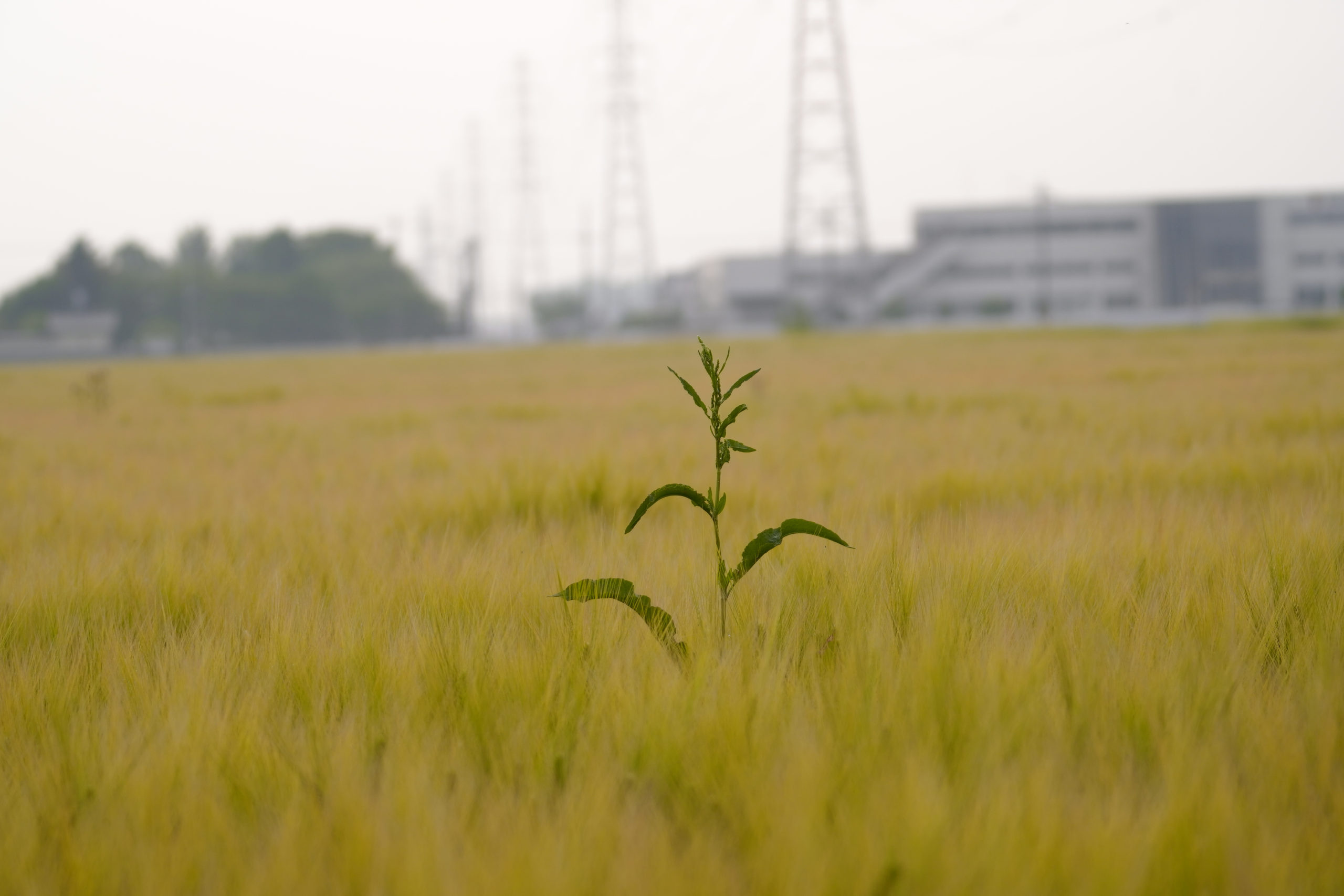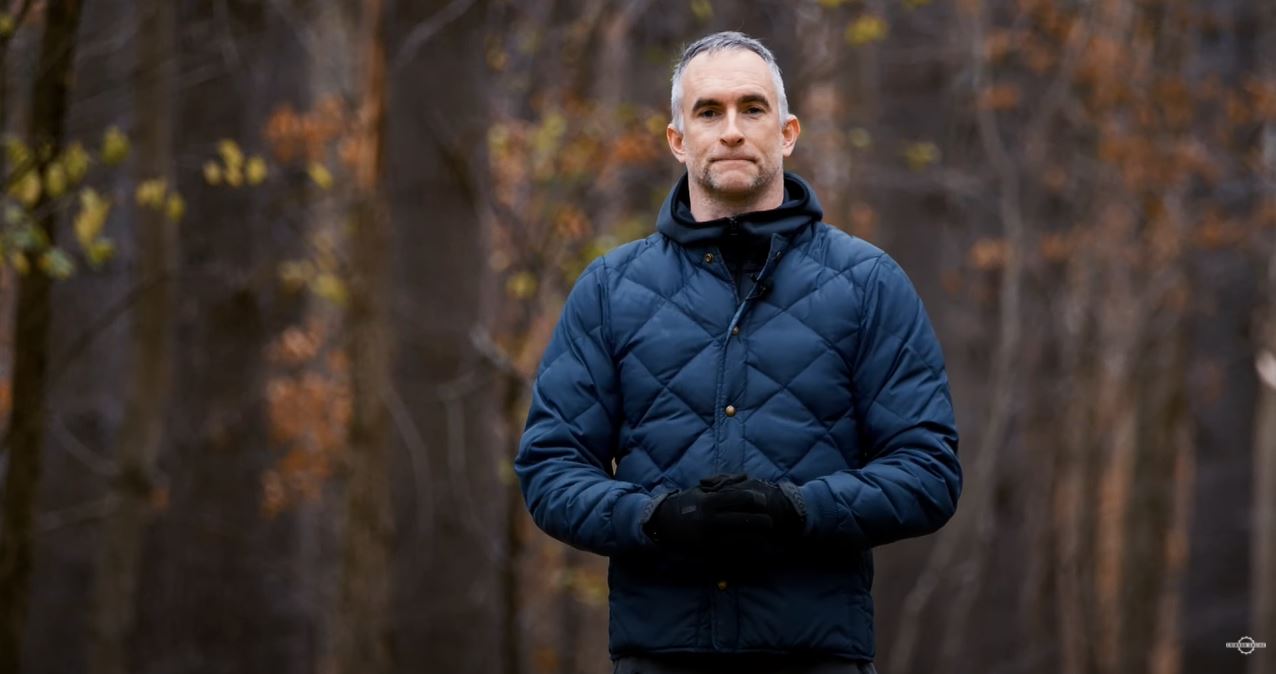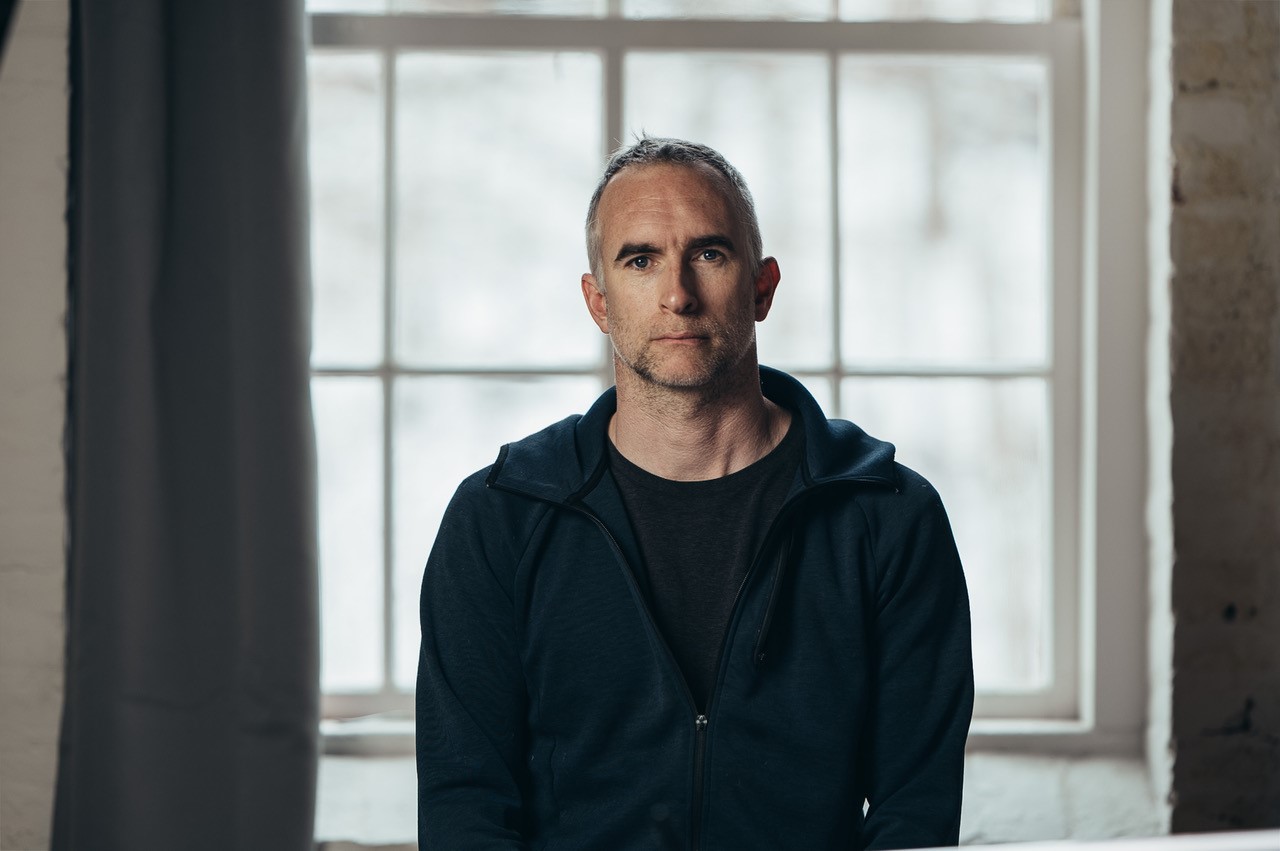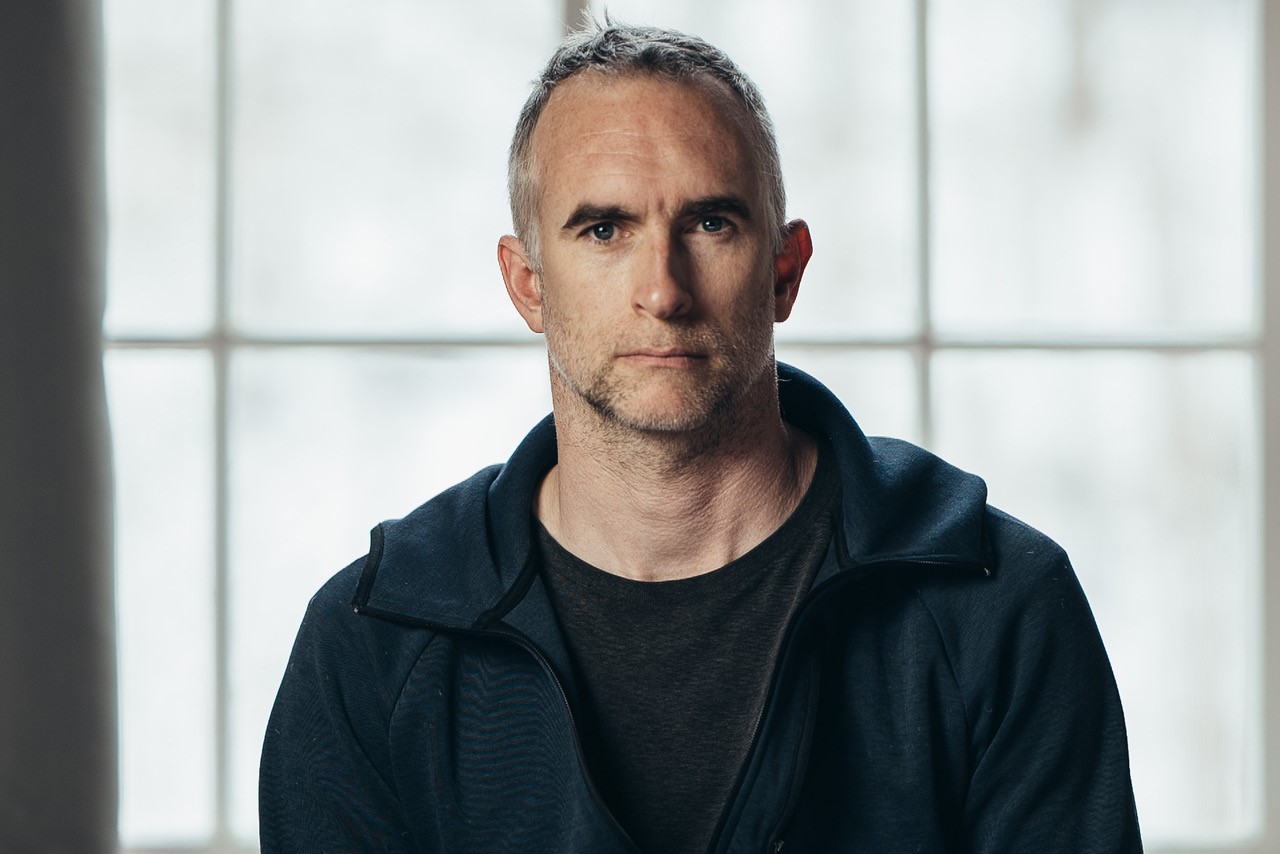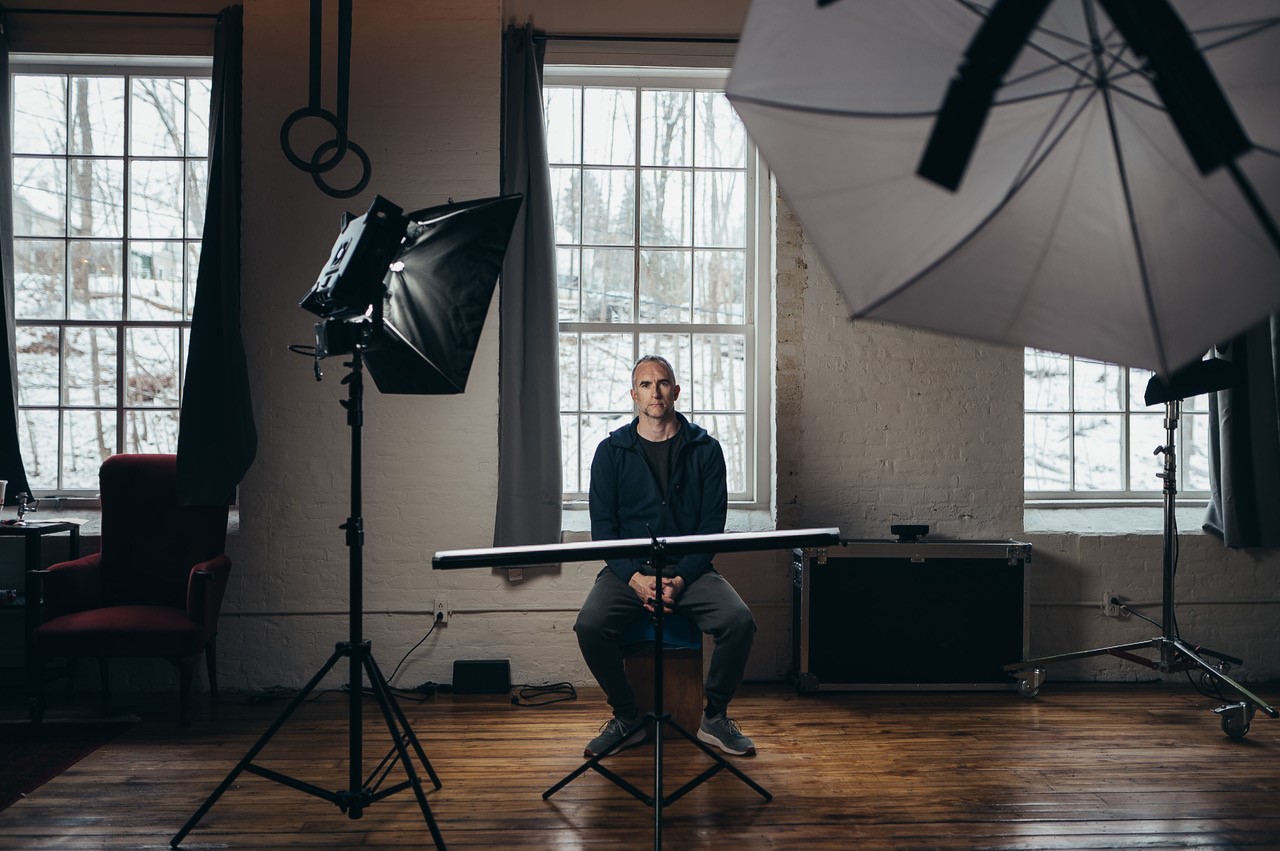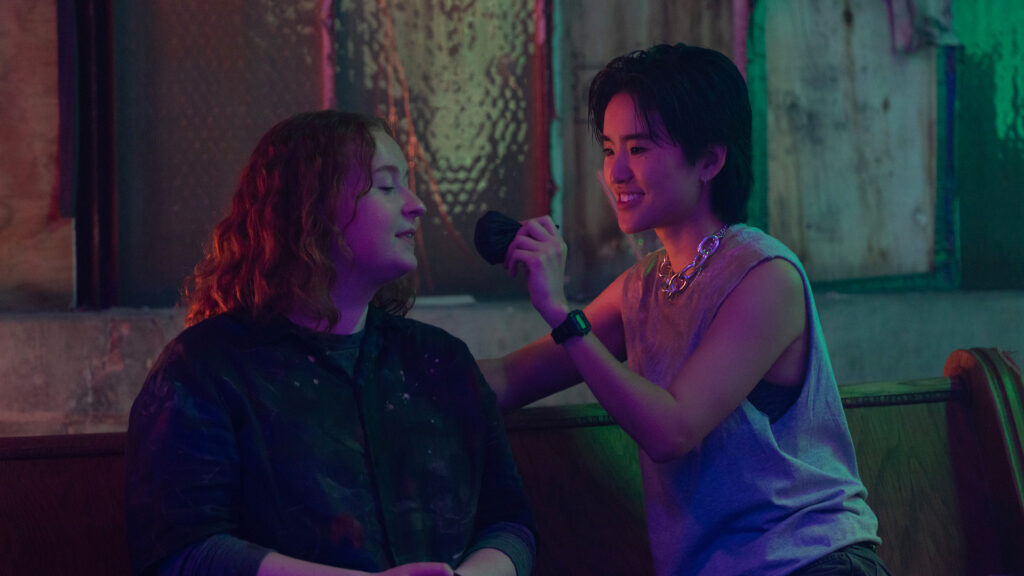First invented to photograph objects that photographers couldn’t get close to, the long lens has since become a staple in cinematography because of the effects it has on space and perspective. Long lenses are a powerful tool for storytelling, because of how differently they see space from the regular human eye, an effect filmmakers use for a variety of reasons. Let’s take a look at the SIGMA Cine 135mm T2 and the 100-400mm DG DN OS Contemporary.
Like all lens and camera discussions, the “longness” of a lens depends entirely on the mm of the lens and the size of the cameras sensor (or for celluloid, the size of the film plate). If 50mm on a full frame sensor is a standard, anything longer than 75mm is generally considered long. If you move to a super 35 sensor, you gain a extra 50% crop, so the lens will appear that much longer.
This means that a 100mm lens on a super 35 sensor will have the same field of view as a 150mm lens on a full frame. Several full frame cameras, such as the SIGMA fp, allow you to crop in on the sensor, effectively making your lens 50% longer with he click of a button, all without sacrificing resolution or compression. For the video at the end of this article, I shot with the SIGMA 100-400mm DG DN OS Contemporary.
Long Lenses to Isolate a Subject
If photographers ever want to take a flattering portrait in an unflattering environment, one surefire method is to use a long lens, the longer the better. Because long lenses, combined with a low f-stop, provide a shallow depth of field. As long as there is sufficient distance between the subject and the background, whatever is behind the subject will disappear into blobs of light and color.
You could take a portrait in the middle of a trash dump and no one would be the wiser. All that matters is the variation of brightness and color.
Filmmakers have long used long lenses to communicate distance between a character and their surroundings, or to focus the audiences attention on a character to the exclusion of all else.
In a scene from the award winning HBO series the Wire, two characters meet for the last time, having already betrayed one another in the scenes leading up. The filmmakers chose to shoot on a very wide lens, making the city of Baltimore, where the series is set, turn from brick and mortar buildings to just a play of lights and shapes. The two camera focus’s the viewers attention exclusively on the two characters and their friendship and betrayal, elevating it to something the transcends time and place.
Long Lenses Compress Space
Another attribute of long lenses is that they compress space. This goes for the geographical space between objects, as well as the objects themselves. The human head is no exception, and the longer the lens used to photograph it, the less ‘dimension’ the head will have. Most portrait photographers use an 85mm lens, which is seen flattering to human features. Longer than that and you tend to get a ‘flatness’ that isn’t always seen as flattering.
“The camera adds 10 pounds” is something that is usually seen on broadcast multi-camera setups, such as interviews and sitcoms, where cameras have to been far enough from their subjects to avoid seeing the other cameras in their shots.
Long Lenses Amplify Stunts
It wasn’t long after the long lens was developed that filmmakers discovered a compelling side effect that enhanced the magic of cinema: the compression of space had great advantages in creating movie magic.
Because of the compression, long lenses make two objects that are actually several feet from one another look as though they are much closer.
This was first used in fight scenes. One actors fist can miss another’s face by 10 inches, but if the camera is at the right angle, and the other actor knows how to “sell” the punch, it will look as though it really made contact.
Another great example is the classic “walk away from the explosion” shot, which is a staple of classic action film trailers. Shooting the actor walking with a long lens, you can have 100 feet or more between them and the pyrotechnic effect and have no danger to the actor.
For safety’s sake I feel I should mention here that explosions in films are usually just bags of gasoline being ignited with compressed air blowing dust upwards. These types of pyrotechnics don’t generate a shockwave or shrapnel. Walking away from a real explosion can still kill you, even if you don’t look back at it.
Multiple Cameras to Cover the Same Action
Speaking of explosions, a final reason that filmmakers use long lenses is that they allow multiple cameras to cover the same action simultaneously. Because each camera has such a narrow field of view, you can focus on the action and not see the other cameras. This is very useful for shooting stunts, where you don’t want to do multiple takes, or if an actor has a very limited number to days to film their scenes.
For example, in Rambo: Last Blood. As Stallone draws back a bow, there are three cinema cameras and one photographer recording the action. Two of the film cameras are on shorter lenses, but the photographer and more distant side camera are still getting a useable frame by shooting telephoto. This means that instead of drawing the bow 3 times for 3 different angles, he only need to do it once, and the shots will cut more fluidly because they were shot at the same time.
Long Lens: Cropped vs Full Frame sensor
Long cine lenses also form an essential part of any filmmakers lens kit. The ECU, or Extreme Close Up, is a shot that will occur at some point in almost every film. Whether it is an emotional closeup of a person’s face at a turning point in the script, or the intricate detail of a key prop, you need a long lens to capture the details without having to put the camera uncomfortably close. The SIGMA Cine 135mm is a super fast T2 lens that has incredible resolving power and can capture the smallest detail in deep or shallow focus.
Having a max T2 aperture in critical for a cine lens for a variety of reasons. It allows bigger, more blurry bokeh, which isolated the subject and conceals the background as discussed above. Perhaps more critically, it allows you to shoot in lower lighting conditions, such as natural light. Having such fast lenses allows you to shoot longer after the sun goes down, or to carry less lights and less power than you might if you maximum aperture is t/5.6, common on zoom lenses, which requires 8 times more light for the same exposure.
Here is the SIGMA Cine 135mm T2 on the SIGMA fp, cropped and non cropped. And the SIGMA Cine 35mm T1.5 non cropped thrown in for comparison.
Long Lens Cinematography Conclusion
If you haven’t experienced the power of long lenses, I urge you to experiment with one. It doesn’t need to be 400mm for these effects. A 100mm lens on a super 35 sensor, cropped in post to 1080 from a 4k frame, will give you the equivalent of a 300mm lens on a full frame system.
See full video “The Magic of Long Lens Cinematography” below:
Other cinematography tips to read:
